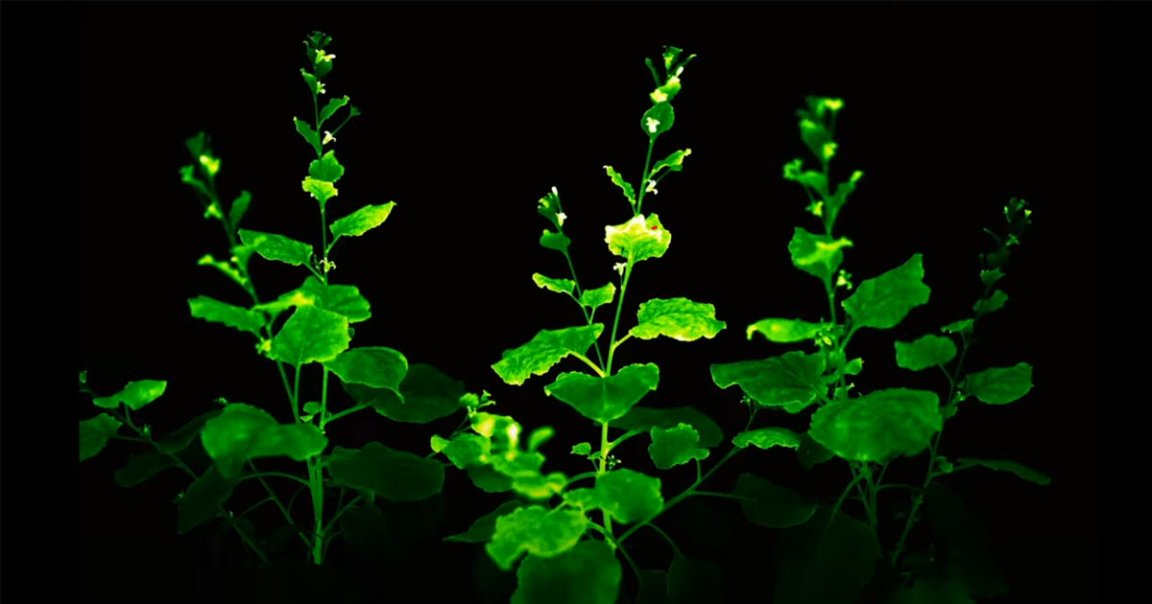
A team of Russian scientists have gene-hacked two species of the tobacco plant to emit a visible glow — around the clock, for the entire duration of their life cycle.
A stunning video shows off the science fiction-like effect.

Scientists have coaxed other plants to glow by injecting them with chemicals — but these new plants exhibit bioluminescence without such intervention, as ScienceAlert points out.
The goal isn’t just to light up the next greenhouse like a Christmas tree. The scientists want to learn how plants’ metabolisms work by looking at the way they react to external environments.
To get the plants to glow, the team used a “fungal bioluminescence system” that’s capable of turning a common acid found in all plants into luciferin, the compound in organisms that can generate bioluminescence, as outlined in the scientists’ paper published in the journal Nature this week.
The phenomenon is bright enough to be visible to the naked eye, but not powerful enough to read a book, according to ScienceAlert.
The glowing effect didn’t interfere with any of the plant’s natural functions, including “overall phenotype, chlorophyll and carotenoid content, flowering time and seed germination,” according to the paper, except for a “12 percent increase in median height of transgenic plants.”
The scientists have already gene-hacked other more popular flowering plants including petunias and roses.
In fact, “although caffeic acid is not native to animals, autonomous luminescence could also be enabled in animals,” the paper reads.
READ MORE: Scientists Engineer Gorgeous Glowing Plants That Shine Bright Their Entire Life Cycle [Science Alert]
More on glowing plants: MIT Engineers Develop Glowing Plants Using Nanoparticles